Las Vegas, Nevada.
A short walk from Fremont Street and a shorter walk from our Main Street Station Hotel is an imposing building that currently houses The Mob Museum. The neoclassical building has a history that began as a U.S. Post Office and Courthouse in 1933. In 1950, Tennessee Senator Estes Kefauver came to town. He led a Senate Special Committee to Investigate Organized Crime in Interstate Commerce. The Las Vegas Courthouse was the site of one of the hearings held in fourteen cities across the country. There were lots of underworld figures who “testified”, though not surprisingly, most had little to say. Even so, much of the country was to learn about the hidden society of mob bosses and organized crime syndicates.
The Kefauver Hearings brought out the connections that were made between organized crime families and individuals. The second floor of the museum houses the restored courtroom that became the room where the hearings were held. Many of Las Vegas most well-known residents were invited to appear before the committee.
The hearing room features a short video presentation and a narration of the events surrounding the hearing. In 2002, the building became the property of the City of Las Vegas for the princely sum of $1 with the stipulation that it be preserved and used as a cultural center. The mayor who happened to represent mobsters as a defense attorney back in the day, Oscar Goodman, proposed that the building should house a museum that captures the history of the Mob.
The museum isn’t just about organized crime in Las Vegas. The history of racketeering and all variations of criminal activities around the country are featured in the many exhibits. The brick wall in the image above is one of the featured exhibits. On February 14, 1929, Chicago’s Bugsy Moran’s headquarters were raided by several “police officers” who lined up some of the Chicago gangsters along this wall and shot them to death. Those police officers were actually members of Al Capone’s rival gang. The killing of the seven gangsters became known as the St. Valentine’s Day Massacre. A large section of the wall where those men died was moved to Las Vegas to be displayed at the Mob Museum.
From all corners of the country, the Mob Museum features the stories of these historic villains. Names like Pretty Boy Floyd and Ma Barker were notorious in the 1930s. Much of the syndicate grew out of the 1920s prohibition era where money was to be made in the sale of illegal spirits. A featured display focuses on illegal booze and those who profited from it. The walls of the museum are covered with artifacts gathered from around the country.
A note on photography in the museum: The museum and exhibits are darkly lit. I was fortunate to have brought my Sony camera with f/1.8-2.8 lens. Even with the larger lens openings, the camera, which I set to Auto-ISO, put the settings at 1600-3200 or more. If you look closely in the gallery of images by clicking on one to enlarge it, you’ll notice some of the grain and grittiness of noise in the image. Some of the images were softened to reduce the effect of noise. The small size of the Sony camera is great for not being conspicuous in public settings, but the small image sensor size is a factor in a higher level of noise in the image.
One exhibit that we didn’t experience is the Use of Force Training Experience. This extra-cost exhibit provides each guest with a CO2 pistol and duty belt while being given scenarios that demonstrate the speed and complexity of use-of-force decision making. You can find out more about the Mob Museum including visit planning and hours of opening here. I submit for your review, a gallery of images captured at the museum. In most browsers, you can select an image to enlarge it and to scroll through the gallery.
John Steiner

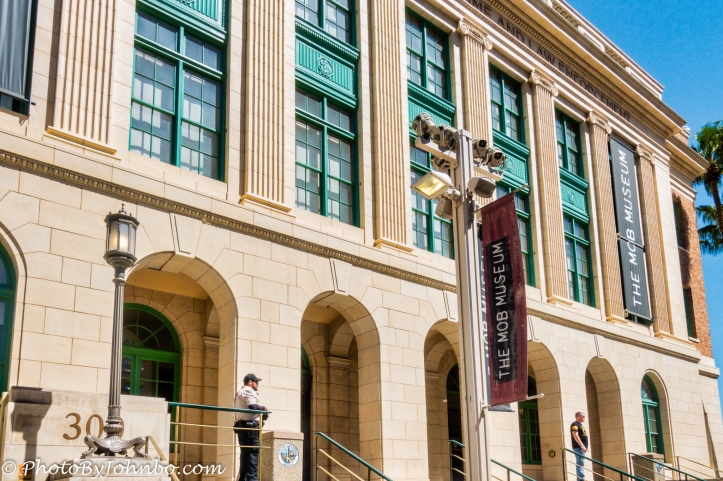
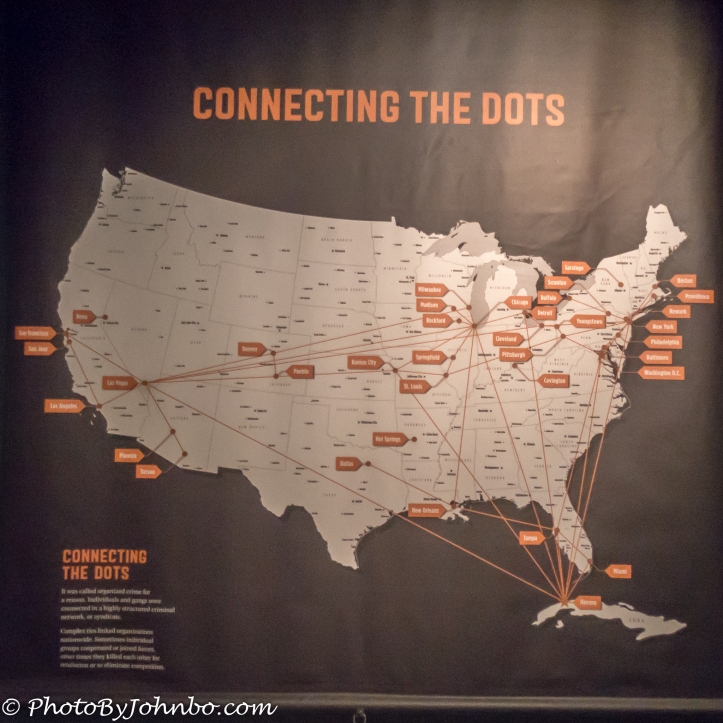
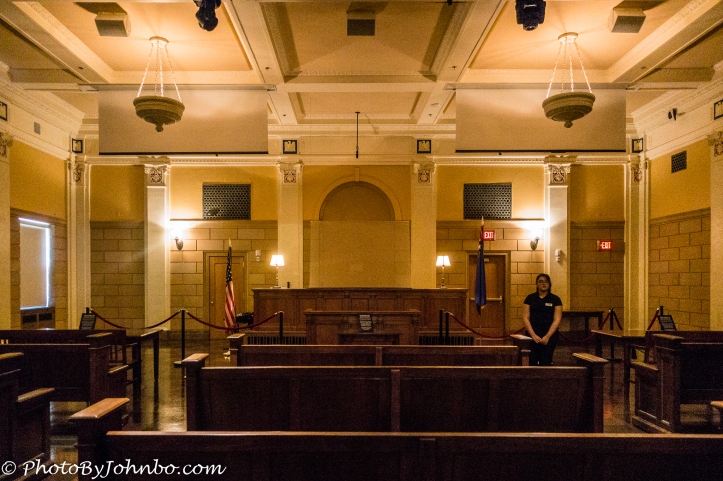
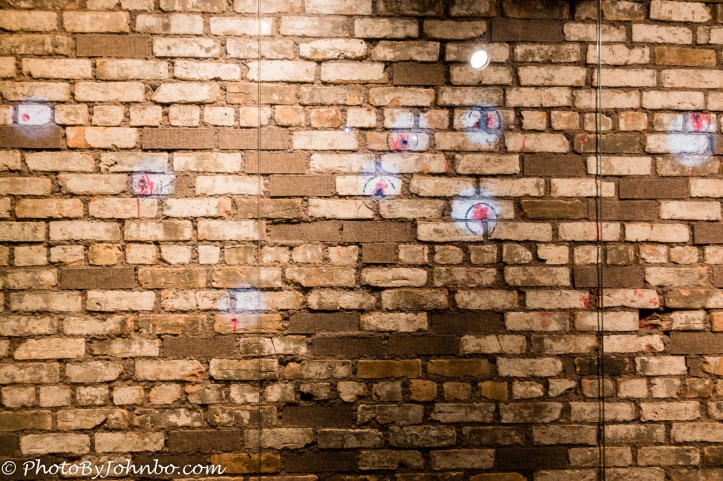
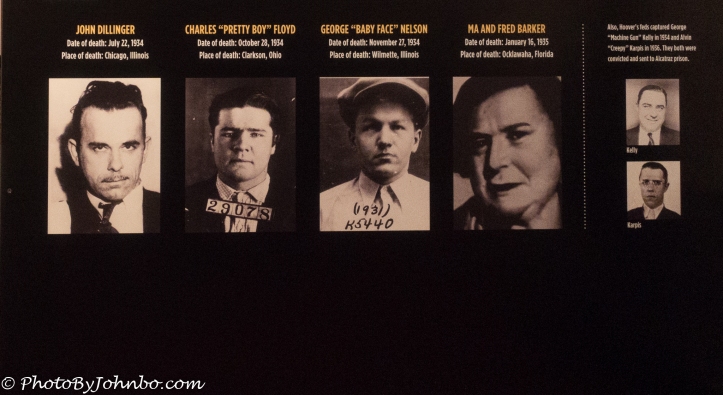























What a time! Vegas was still the wild west and the mafia’s tentacles were willing & ready. Racketeering, numbers running, extortion… a gangsta’s paradise. Prohibition brought that shit on itself! Giving up regulation and any taxable benefits to the syphilitic juvenile mind of Capone & others of his ilk. Then came the RICO act.
Lots of history in that old courthouse.
Very cool John! Looks like a fun visit
Fun and educational!